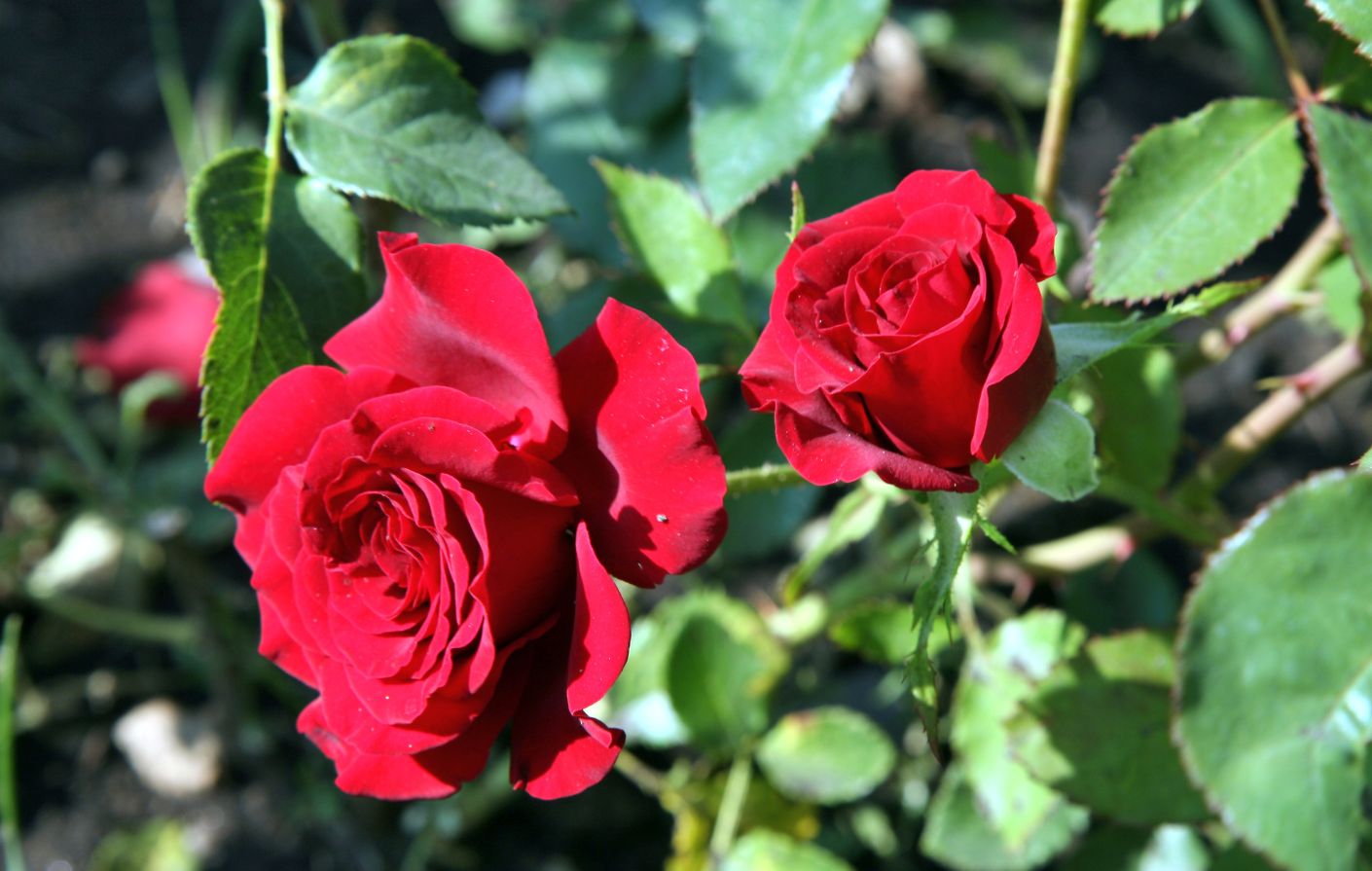Tradition, Function, and Beauty in Piedmont (and Beyond)
As you stroll through the vineyards of Piedmont, you might notice a fascinating and charming detail: roses planted at the beginning or end of the vine rows. This is not merely an aesthetic touch, but an ancient and practical tradition, deeply rooted in the winemaking culture of the region. In this article, we’ll explore the reasons behind this practice in Piedmont and how it appears in other parts of the world.
A Deeply Rooted Tradition in Piedmont
In Piedmont — a region renowned for its great wines like Barolo, Barbaresco, Barbera, and Nebbiolo — planting roses in the vineyards is a long-standing custom. The main reasons include:
1. Natural Sentinels Against Disease
Roses are particularly sensitive to fungal diseases like powdery mildew and downy mildew, much like grapevines. However, they tend to show symptoms earlier than the vines. This allows winegrowers to act promptly, preventing the spread and protecting the vineyard.
2. Early Warning for Pests
Roses attract insects and aphids more than vines do, acting as a natural decoy. This helps to monitor pest presence without the overuse of pesticides.
3. Aesthetic and Symbolic Value
Beyond their practical use, roses bring beauty and a touch of romance to vineyard landscapes. They symbolize care, dedication, and respect for the land. In regions like the Langhe or Monferrato, some wineries even incorporate them into their visual identity.
Similar Practices Around the World
Other Italian and international wine regions have adopted similar practices, often with local variations:
Italy
- Tuscany: aromatic plants (like lavender and rosemary) are used to attract beneficial insects.
- Sicily: in some areas, citrus trees are planted near vineyards to increase biodiversity.
- South Tyrol (Alto Adige): natural ground cover and wildflowers are encouraged between rows to enrich the soil and support the ecosystem.
Abroad
- France: in Bordeaux and Burgundy, roses are planted for the same protective reasons as in Piedmont.
- Argentina (Mendoza): roses are commonly found and used both for tradition and biological control.
- South Africa and New Zealand: roses and other flowering plants are used to attract pollinators and enhance ecological balance.
- California (Napa Valley): roses are often paired with high-tech environmental monitoring systems.
In Summary
Roses in the vineyard are more than decorative: they serve as a natural early warning system, a symbol of agricultural tradition, and a timeless touch of beauty. In Piedmont, this practice is still very much alive — a testament to the deep connection between winemaking and the land.
Next time you visit our wine shop, take a look at the vineyard images or ask our experts: behind each rose lies a story, a purpose, and a gesture of love for wine and for nature.
We look forward to welcoming you and sharing the best wines from Piedmont — including the details that make them truly unique… roses included!

